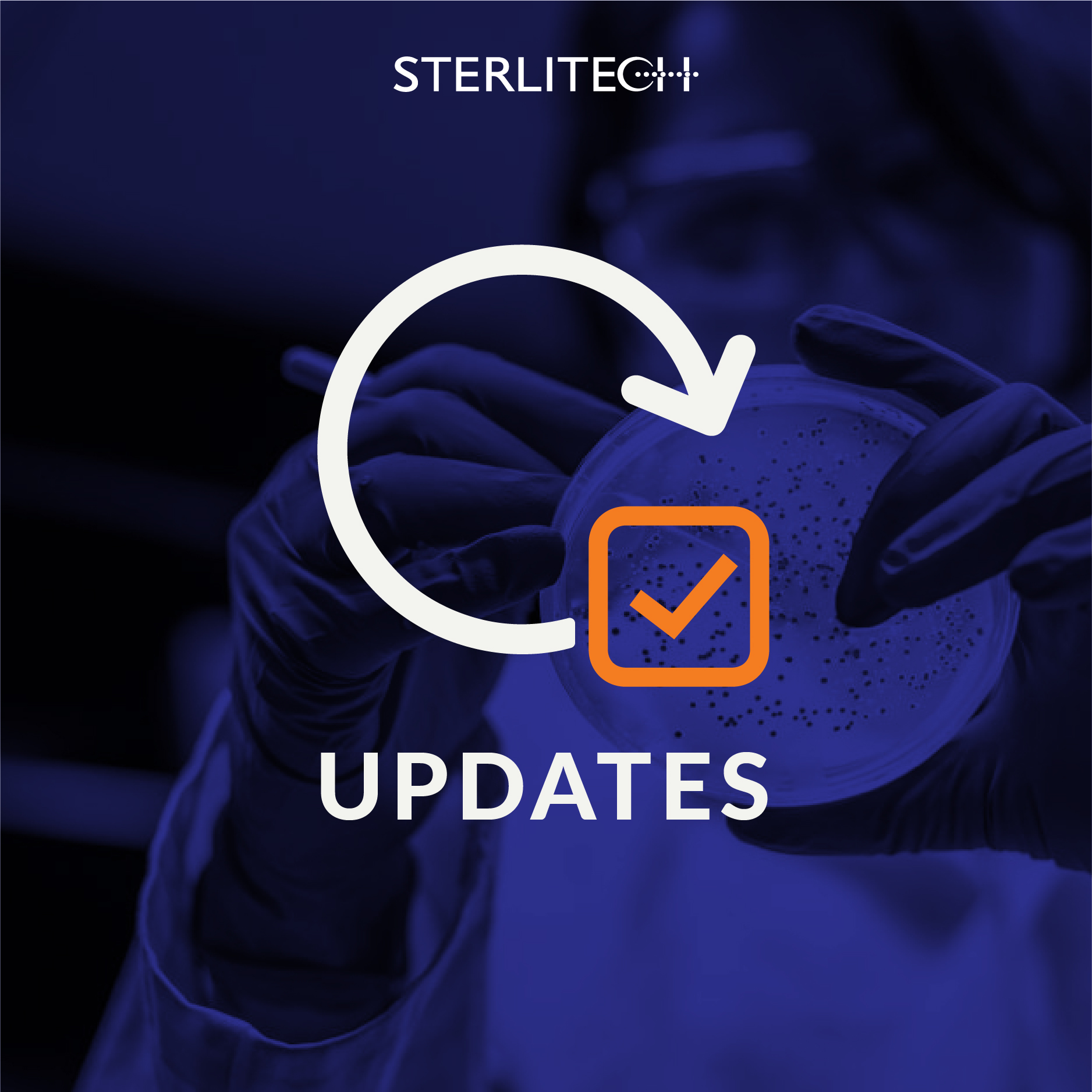
The Department of Energy and Savannah River National Laboratory recently published a study regarding their efforts to improve performance on cross-flow filtration for high level waste treatment. Even though the waste being treated in this case is actually radioactive material from nuclear power plants, the process they describe, along with the issues they raise and recommendations for improvement, can be applied to the more common uses for cross-flow filtration.
The stated goal of this DOE research was to improve filter fluxes in their existing cross-flow equipment, a common request of many customers. The study examines the problem of increasing cross-flow filtration efficiency from a number of different approaches: Backpulsing, cake development, scouring, and cleaning were all taken into consideration.
At the end of the study SRNL was able to draw some conclusions to take into consideration when evaluating your own setup.
The stated goal of this DOE research was to improve filter fluxes in their existing cross-flow equipment, a common request of many customers. The study examines the problem of increasing cross-flow filtration efficiency from a number of different approaches: Backpulsing, cake development, scouring, and cleaning were all taken into consideration.
At the end of the study SRNL was able to draw some conclusions to take into consideration when evaluating your own setup.
- Higher solids concentration presents a greater challenge to filtration.
- The presence of a filter cake can improve the solids separation by an order of magnitude as determined by turbidity.
- Scouring a filter without cleaning will lead to improved filter performance.
- Filtrate flux decline is reversible when the concentration of the filtering slurry drops and the filter is scoured.


![Join Sterlitech at BIO 2024 [Booth #5558]: Exploring the Future of Biotechnology](https://www.sterlitech.com/media/magefan_blog/b4.jpeg)

